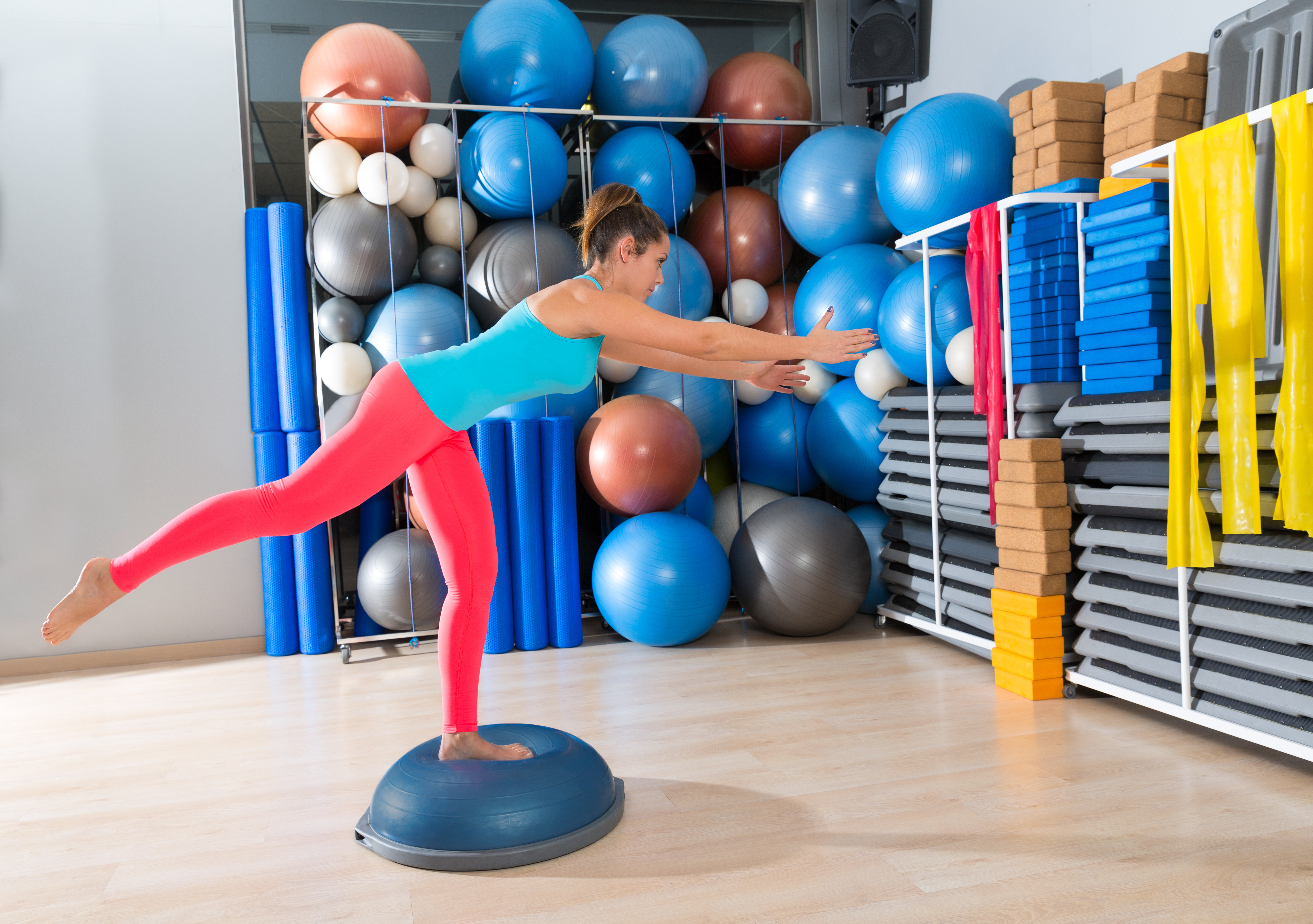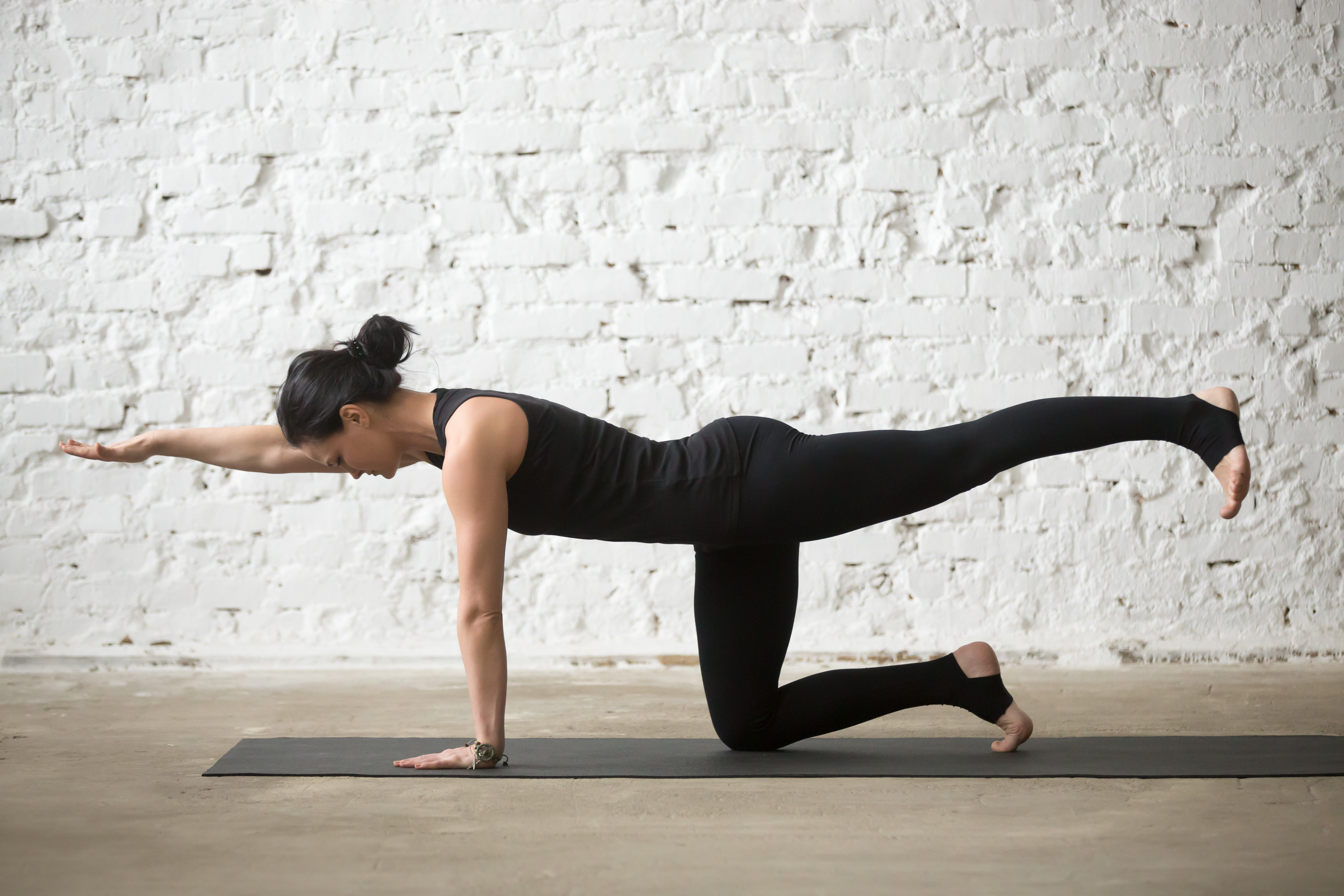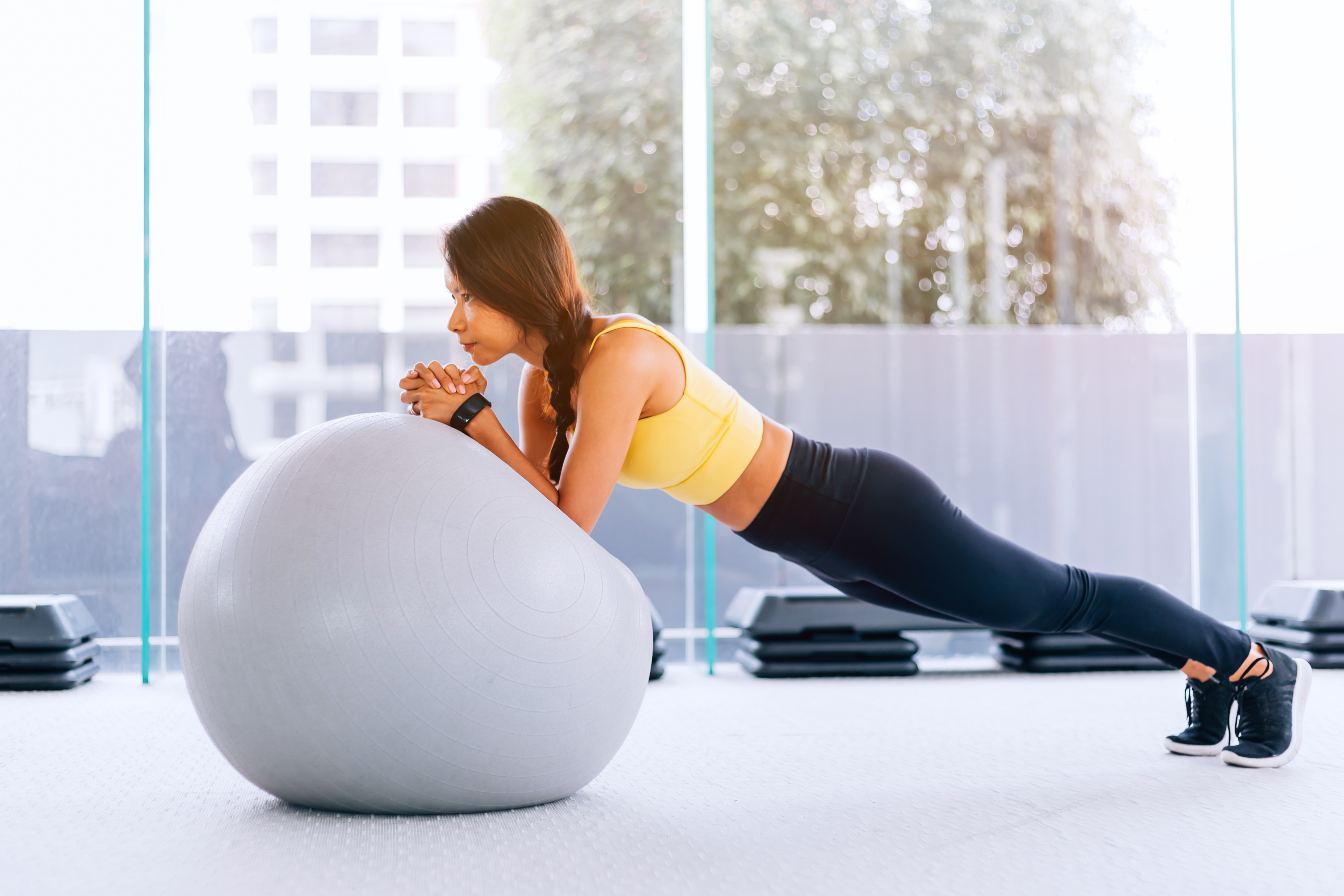

Stability 101
October 1, 2021
What Exactly is Stability?
Stability is our ability to remain balanced. It is critical for ensuring proper exercise execution and safe completion of daily tasks. The better your stability is, the more equipped you are to exercise safely and avoid sudden injury. Our core muscles are at the center of all stabilizing movements however local stability in joints such as the shoulders and knees can be equally as important when it comes to preserving proper movement patters and keeping the muscles and joints in the area healthy.
How Can I Improve My Stability?
Exercise, mainly through strength training and flexibility training, is the best way to build a high degree of stability. While flexibility training is essential in maintaining a healthy range of motion and proper movement patterns, resistance training helps the body adapt to situations where there is imbalance. This prepares the body to react accordingly when faced with unanticipated situations like slips, trips, and falls. Stability is best utilized in the beginning of a workout. These movements are highly effective in waking up the nervous system, warming the muscles up, and allowing the body to smoothly transition into a highly active state.
Methods to Consider:
-
Free Weights –
Free weights, like dumbbells and resistance bands, are great methods of building stability and strength at the same time. Dumbbells require stabilization as the exercise is being executed. Despite the weight being moved from one location to another, it is often important that most of our body remains in the same position from the beginning to the end. Machines remove the element of stability as the exercise is being performed. That is what makes exercising with free weights more of a challenge. When adding extra resistance in the form of free weights or resistance bands, it becomes easier for the body to move when no resistance is present.
-
Body Weight –
our own bodies can be our best asset when it. Bodyweight exercises allow us to focus on controlling our own body’s movement more narrowly. When we are improving how we are moving our own bodies, we are inherently building a degree of stability. Just because there is no resistance present does not mean these types of exercises cannot be challenging or less effective than exercises with weights. Yoga and dynamic warmups are some common examples of exercise modalities that improve the endurance and stability of muscles and joints.
-
Use Unstable Objects –
Other items that can often be found at home or in the gym can be utilized to create instability during a particular movement. By creating instability during these exercises, you are training your joints and muscles on how to progress through a certain range of motion in an unstable environment. This also forces your muscles and joints to adapt in a different way than it would through cardio exercise and weight lifting. Examples of these objects could be a medicine ball, swiss yoga ball, Bosu ball, or TRX bands.
Benefits of Stability
Adequate stability in the joints is essential for both the function and longevity of that joint and the surrounding muscles. When a joint is properly stabilized, this typically means that all the muscles responsible for movement in that joint are working harmoniously together. When muscles are out of sync, they can become weak, inflamed, shortened, or even ‘turned off’. Incorporating joint-stabilizing movements into your weekly exercise regimen can help ensure you can continue to perform all the movements and activities you need to continue to enjoy life.
Your Journey to Pain Relief
App tracks progress. Step by step guide to pain relief and prevention.
Show resultsFree Newsletter
Stay in the know. Our blogs are written by orthopaedic surgeons.



